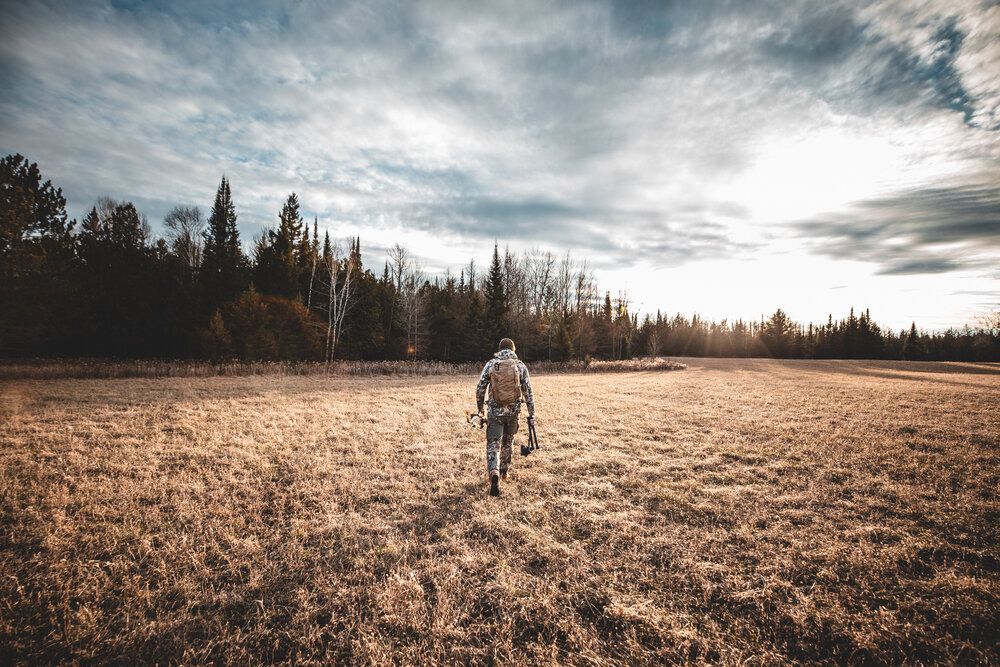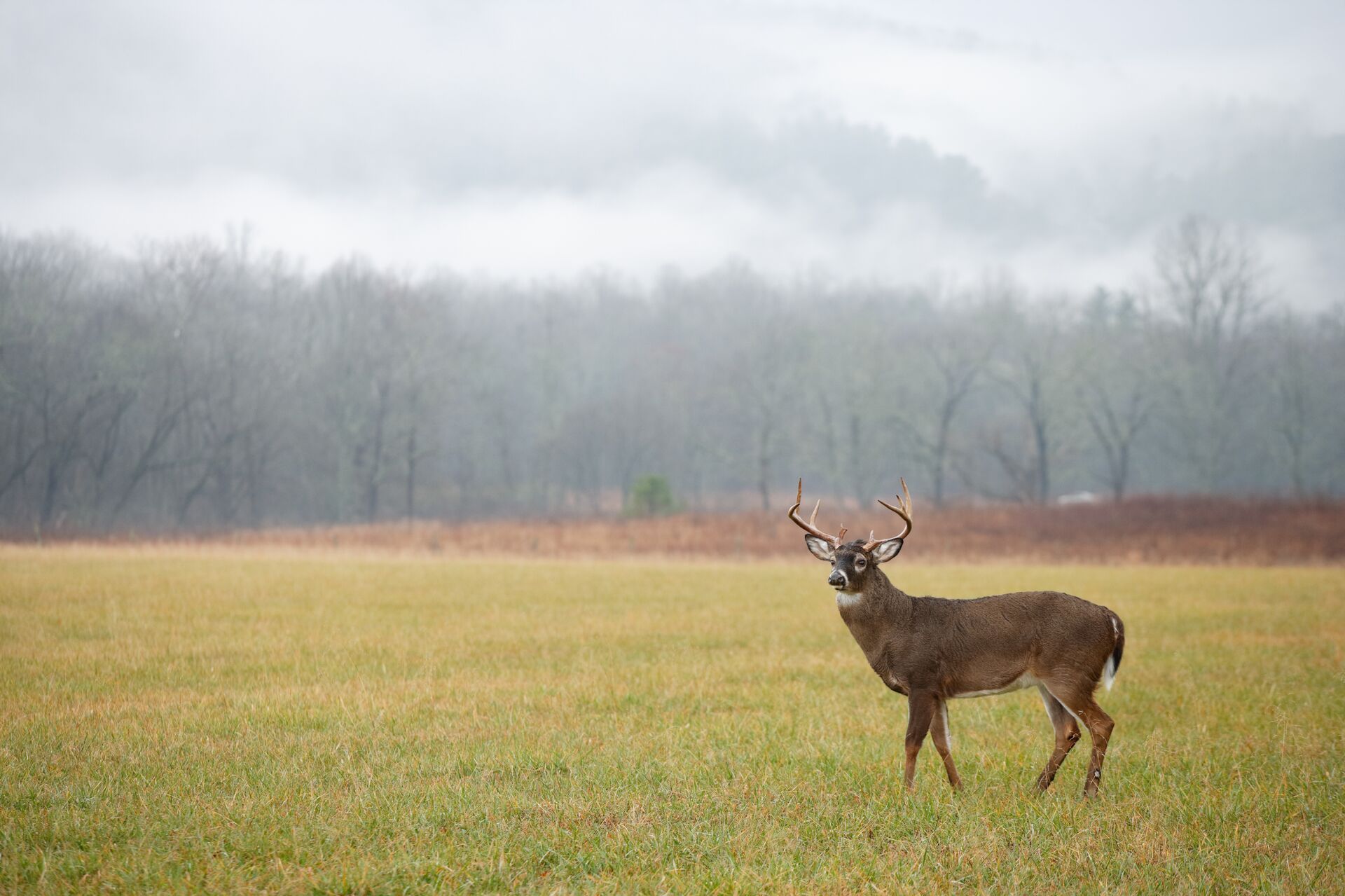
What Really is Barometric Pressure?
I am sure you have all heard meteorologists say on the news that we have a “high-pressure” system heading our way or vice versa and did not really understand what that meant.
Well, this phrasing is just another way of referring to a weather system increasing or decreasing in barometric pressure. Barometric pressure results from air molecules above the earth’s surface being very dense or very spread out.
When the air molecules are dense and packed very tightly, we call this a high-pressure system. This results in low humidity, few clouds, etc. However, when the air molecules are not as dense, clouds, snow, and rain can follow.
In other words, as the air is cooling, it is also rising, which causes water vapor to condense in the air (hence, the rain, snow, etc.) Conversely, when air is sinking due to warming and drying conditions, the weather is getting more “tolerable,” if you will, due to the molecules spreading out.
Tips For Whitetail Deer Hunting in Low and High Barometric Systems
Now, I am sure you are asking yourself, “How does this relate to hunting whitetail?”
Deer have to move regardless of the weather. Whether they are feeding or bedding, they will be active, but there are specific times they will be more active.
For the most part, a change in the weather brings about an increase in whitetail activity. Whether that change is good, resulting in calm, clear weather, or bad, resulting in a treacherous storm, they will move to adjust to the changes happening.
However, to maximize your time afield, it’s important to understand which days are best to hunt.
To see the big bucks, the calculated ratio of bucks to does sighted when the pressure is between 30.00 – 30.40 is a staggering 1 to 1. When the pressure drops and is estimated at 29.8 – 30.00, the chances of seeing big bucks drop to 1 in 3.
Hunting a Low-Pressure System
Deer are a lot like humans in terms of their activity pre- and post-weather front.
Hunting just before a storm (low barometric pressure system) rolls in is an excellent time to be afield. Deer understand that impending weather is on the way, and as a result, they begin to feed to survive hours (or days) of inactivity or limited food. Hunters need to understand exactly when the barometric pressure drops so we can either be at our stand or head there immediately.
The danger in waiting too long is that while the pressure may be falling, the weather has reached the point where hunting is no longer good. For example, if barometric pressure falls, heavy winds and possibly a storm will follow. High winds stifle deer movement, and those who choose to move are usually quite nervous, making their movements quick. That makes them even harder to kill.
Therefore, it is important to hunt the “beginning” of a low-pressure system when the storm knocks on the front door rather than when it comes through the door.
Hunting a High-Pressure System
Conversely, hunting after a storm passes (high barometric system) is also a great time to be in the whitetail woods. Once again, however, timing is everything when it comes to taking advantage of this weather change.
You want to be out there as soon as the pressure begins to rise. Just like with a falling pressure system, you will miss optimal movement if you wait too long.
A good example of superior high-pressure hunting signals is to wait until the tail end of a storm. If you are a serious hunter and want to see some serious movement, head to the stand and deal with the weather.
Increased deer movement and sightings will begin to happen as the weather breaks and the pressure rises. Making sure that you are there for the break in the storm is key to your whitetail success.

Keep Up with Barometric Pressure Changes Using HuntWise
With your knowledge of whitetail and your new knowledge of barometric pressure, you are sure to see success in the field. However, it is still a good idea to stay informed of the barometric pressure in your hunting area and adjust your time afield accordingly.
Knowing what the pressure in your area is doing quickly and in a timely manner can definitely increase your chances of success by maximizing the time you spend in the deer woods. Staying on top of the barometric pressure changes hourly will keep you in the field at optimal times.
One of the best ways to stay informed is to keep “tabs” on changes in the weather (including barometric pressures) by using the hourly prediction tab in the HuntWise app.
Understanding pressure systems, along with your knowledge and experience hunting whitetail, is sure to make this season successful. Good luck, hunters. Be safe out there, and shoot straight.
If you don’t have HuntWise, it’s a great day to download the app and explore every feature – free – for a week. Check out the weather forecasting using HuntCase and WindCast, plus hundreds of map layers, markers, RutCast, and more.
Content reviewed and updated July 16, 2024.










